Guide to Brain Cancer

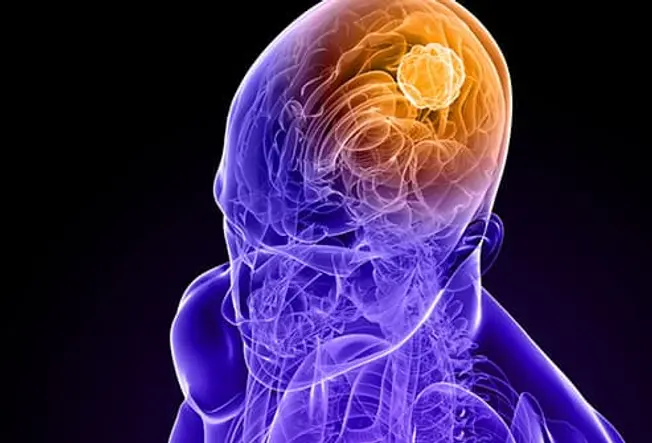
What Is It?
Like any other part of your body, your brain can have a tumor, which happens when cells grow out of control and form a solid mass. Because your brain has many types of cells, it can get many kinds of tumors. Some are cancer, and others aren't. Some grow quickly, others slowly. But because your brain is your body's control center, you have to take all of them seriously.
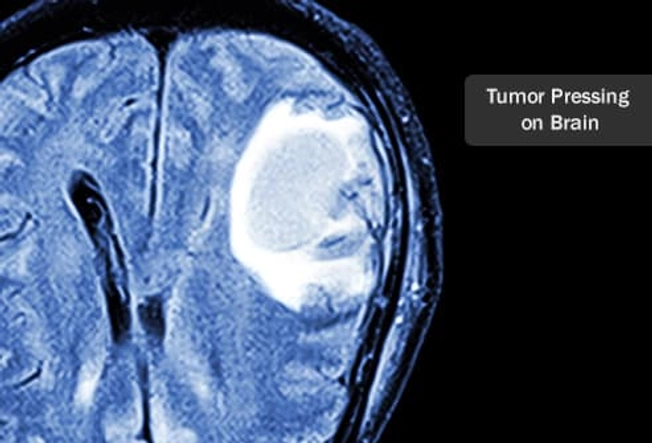
Brain Tumors
Your skull is hard, your brain is soft, and there's really no room in your head for anything else. As a tumor grows, it presses on your brain because it has nowhere to go. That can affect how you think, see, act, and feel. So with brain tumors, whether it's cancer or not, what matters is where it's located, how quickly and easily it can grow or spread, and if your doctor can take it out.
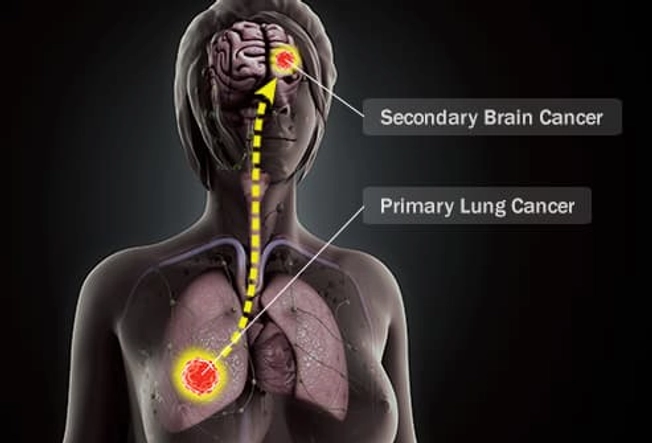
Secondary Brain Cancer
Most people who have brain cancer (about 100,000 each year) have this kind, which means cancer in some other part of your body has spread to your brain. About half of all brain cancers start as lung cancer. Other cancers that can spread to your brain include:
- Breast cancer
- Colon cancer
- Kidney cancer
- Leukemia
- Lymphoma
- Melanoma (skin cancer)
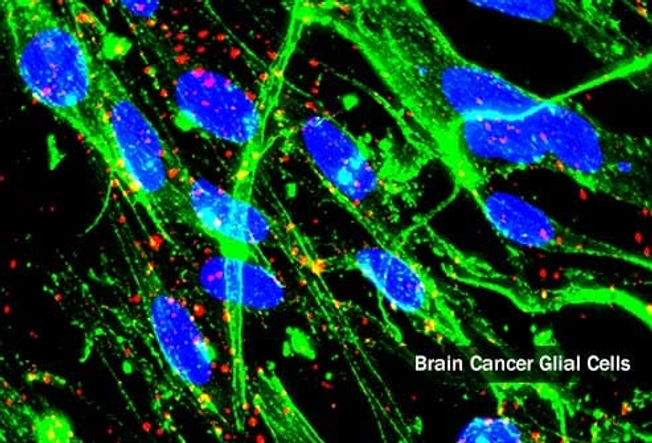
Primary Brain Tumors
In adults, the most common tumors that start in the brain are meningiomas and gliomas.
Meningiomas make up more than 35% of all primary brain tumors. They don't grow from brain tissue itself, but from cells in the brain's covering. Their location and slow growth make them serious.
The most common cancerous brain tumors -- almost 1 in 5 -- are glioblastomas. They're a type of glioma, tumors that start in your glial cells. They spread quickly and are often fatal.
Overall, there's an increase in people being diagnosed with brain tumors. That may be in part because technology makes them easier to see. But researchers are also looking into other possible causes, such as things in the environment.
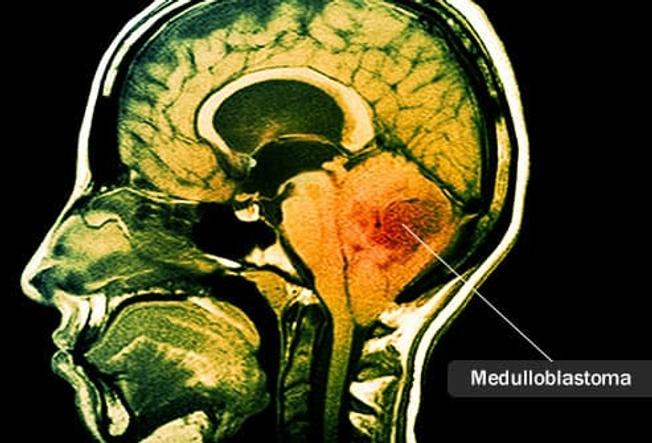
Other Types
The different kinds of primary brain tumors are all named after where in your brain they start. Besides gliomas, they include adenomas (in your pituitary gland), chordomas (skull and spine), medulloblastomas (cerebellum), and sarcomas (brain tissue), among others.
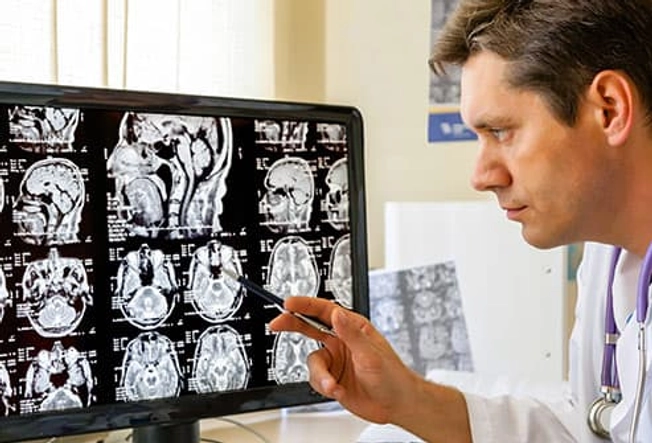
Grades
Doctors label brain tumors with a grade from 1 to 4. Low-grade tumors (grade 1 and 2) aren't cancer. They grow slowly and don't usually spread. They can usually be cured if your doctor can take them out with surgery. At the other end, high-grade tumors (grade 3 and 4) are cancer. They grow fast, spread quickly, and typically can't be cured.

Symptoms
These depend on the kind of tumor you have and where it is, but you may:
- Act in ways you normally wouldn't
- Feel sleepy throughout the day
- Find it hard to express yourself, like you can't find the right words or feel confused
- Get bad headaches often, especially in the morning
- Have problems seeing, like blurred or doubled vision
- Lose your balance easily or have problems walking
- Have seizures
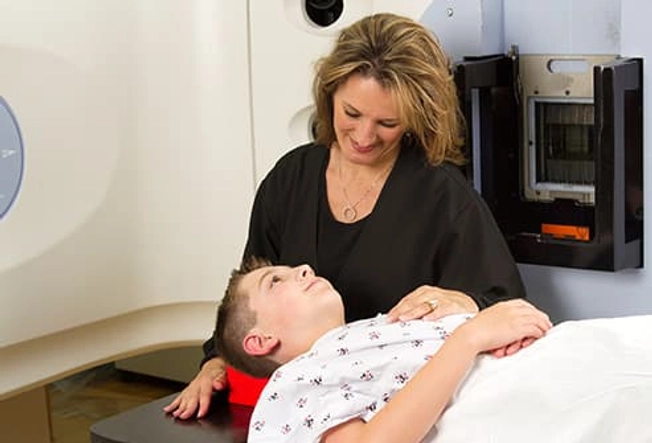
Risk Factors: Radiation
It's usually not clear what puts you at risk for a primary brain tumor -- one that starts in your brain. But one known cause is radiation directed at your head to treat another medical condition, like leukemia. In most of these cases, the benefit of radiation outweighs the risk that it might cause cancer in the future.

Risk Factors: Age
You can get a brain tumor at any age, but children and adults tend to get different types. They're much more common in adults over 50 than in younger people and children.
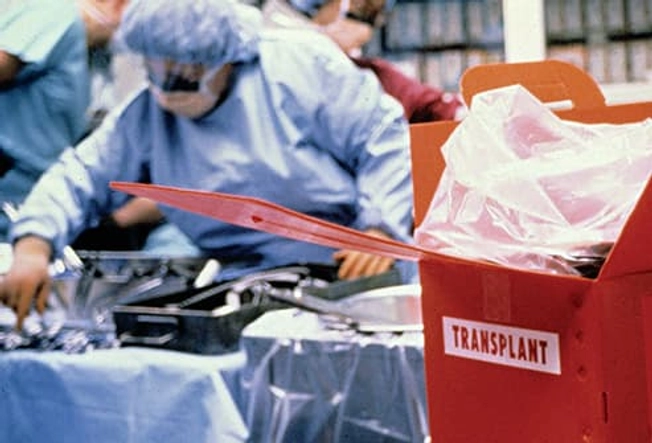
Risk Factors: Other Health Problems
You may be more likely to get a brain tumor if you have a weak immune system, like if you have AIDS, or you've had an organ transplant. The same is true if brain tumors run in your family or you have one of these conditions caused by problem genes:
- Li-Fraumeni syndrome
- Neurofibromatosis type 1 or 2
- Nevoid basal cell carcinoma syndrome
- Tuberous sclerosis
- Turcot syndrome type 1 or 2
- Von Hippel-Lindau disease

Do Cell Phones Cause Brain Cancer?
This has been a hot topic in recent years, but research hasn't shown any clear link between cell phones and brain tumors. There aren't many long-term studies on cell phone use, though, and scientists are still studying it. Until we know more, using earbuds or another hands-free device can keep your phone away from your head and lower your exposure.

How It's Found
Doctors generally don't do routine checks for brain cancer like they do for some other kinds. You usually find out about it when you go to your doctor with symptoms and they do tests. Your treatment options and how well they might work tend to depend more on the tumor's type, size, and location, and your age than when you find it.
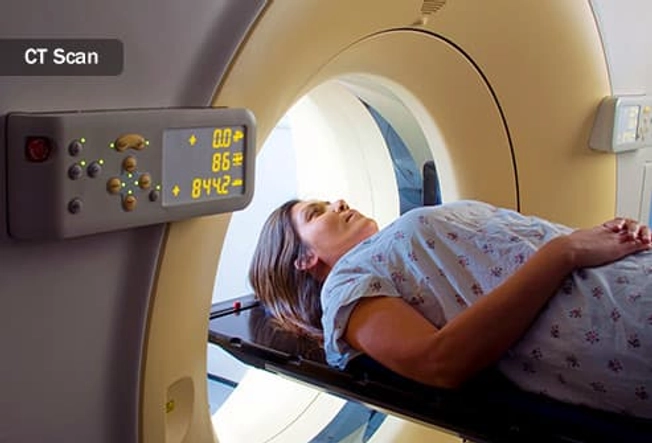
Tests
Your doctor probably will start by giving you a neurological exam. This checks your nervous system -- things like your vision, balance, and reflexes -- to get an idea of where the tumor might be. You also may need a scan to give them a more detailed look at the tumor. This might be an MRI (magnetic resonance imaging), CT (computerized tomography), or PET (positron emission tomography) scan. And they probably will recommend a biopsy, where he'll take a sample of the tumor to learn more about it.
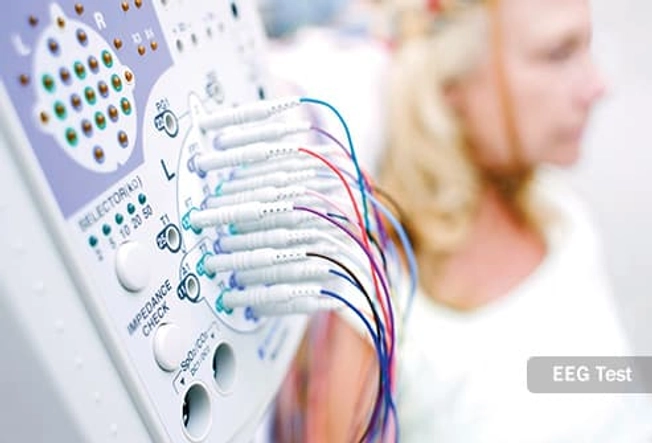
Treatment: Watchful Waiting
Every treatment has side effects, so if you have a tumor that's growing slowly and isn't causing any problems, you may not need treatment at first. You'll get regular tests to keep an eye on the tumor and make sure it's not getting bigger or starting to cause new problems.
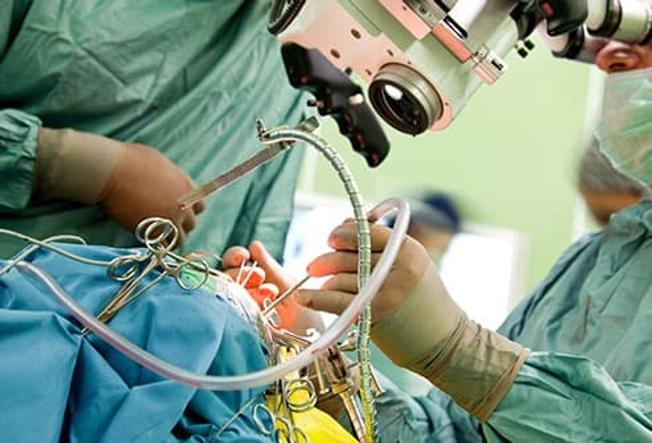
Treatment: Surgery
If your doctor can get to the tumor, this is a likely first step. The best case is a tumor that's small enough to come out completely. But some parts of the brain are very delicate, and removing the whole tumor may hurt them. Still, taking out even part of a tumor may often help with your symptoms.
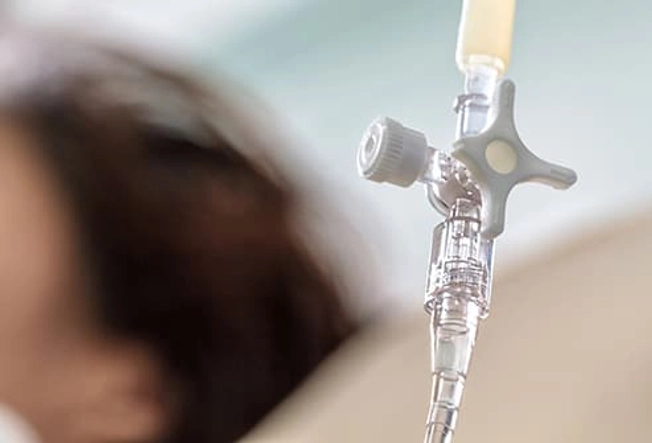
Treatment: Chemotherapy
This uses powerful drugs to kill cancer cells, or at least slow them down. You can get it in several ways, including pills or shots, or it might be put directly into your bloodstream with a small needle and tube (called an intravenous, or IV, drip). With some types of brain cancer, you get it in a wafer that's placed in your brain after surgery. The wafer slowly dissolves and directs the drugs right at the tumor, killing any cancer cells left behind.
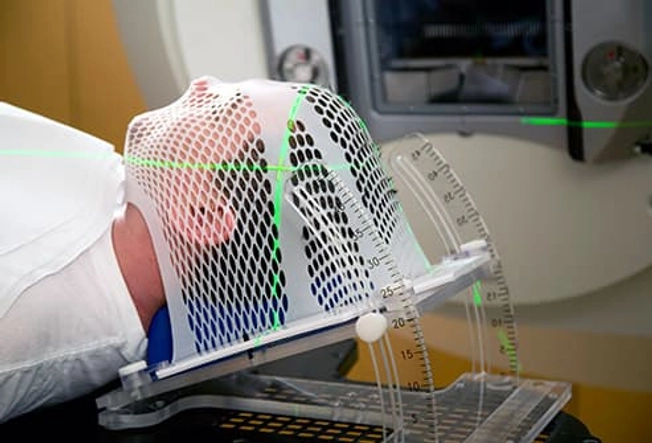
Treatment: Radiation Therapy
Radiation uses beams of high energy from X-rays or other sources to kill the tumor. Sometimes, it's used along with chemotherapy to help kill more cancer cells or to protect your brain. Newer types of radiation, like proton therapy and focused radiation, target the tumor very closely so they don't hurt other parts of your brain.

Treatment: Targeted Therapy
Cancer cells work differently than normal cells. Doctors can sometimes take advantage of these differences with targeted therapy, which uses drugs to block cancer cells from doing what they need to survive. It kills the cancer but leaves your normal cells alone. For example, a targeted drug can keep a tumor from making the blood vessels that help it grow.

After Treatment
You'll probably see your doctor regularly for tests to make sure the cancer hasn't come back. And because your brain affects pretty much everything you do, you may need help with everyday tasks, even if your treatment worked well:
- Occupational therapy to get back to normal daily and work activities
- Physical therapy to regain your full movement and strength
- Speech therapy to help with swallowing and speaking